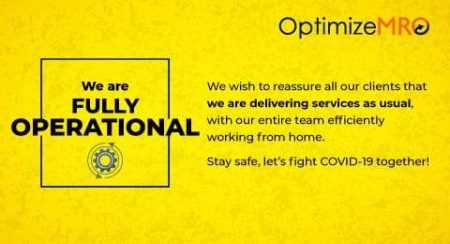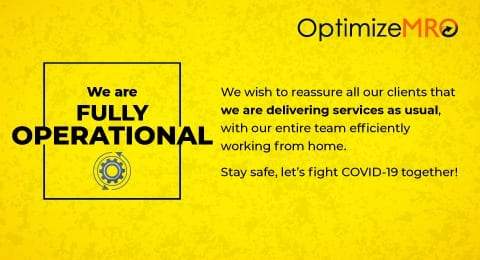MRO inventory Management levels are often hotly debated at companies, with some convinced that most of the inventory is dead stock, while others want to save everything for a rainy day! We believe that the answer for optimal inventory lies in a critical assessment, based on rock solid data.
Industry studies have estimated that about ~50% of the MRO inventory is little used, excess or obsolete – and our experience so far has been quite in line with this. And it’s never enough if you do a onetime fix – you really need to dive into a Root Cause Analysis to understand why this occurs, so measures can be put in place to prevent recurrence.
High inventory costs are triggered by different factors:
Identifying the optimal stock levels for MRO (Maintenance, Repair, and Operations) spares is the foundation for any good inventory optimization program. An optimized MRO inventory management eliminates out of stock issues and finds the right balance between demand and supply while considering the criticality and risk factors for maintenance as well.
Related Links: MRO Supply Chain Optimization, Inventory Optimization, Procurement Cost Reduction, Supplier Rationalization, Spend Analytics


